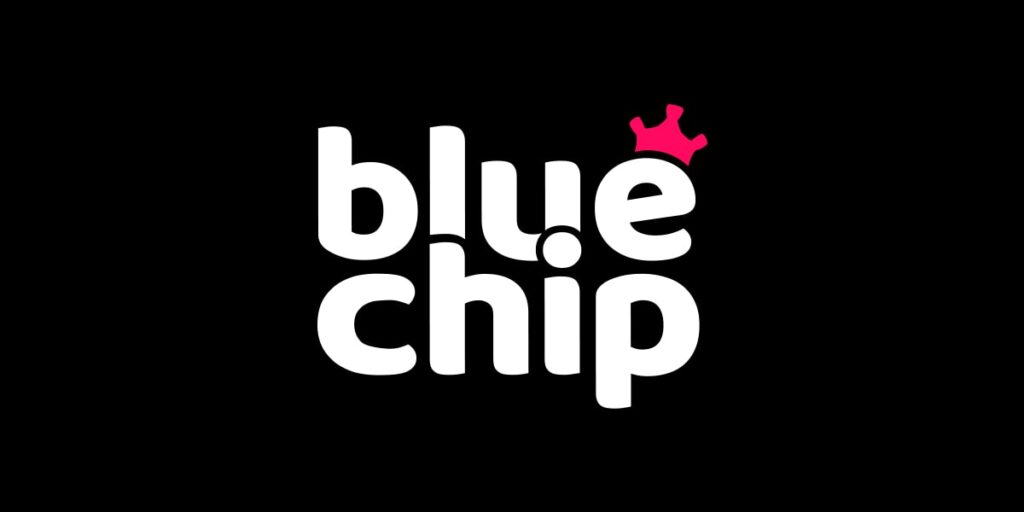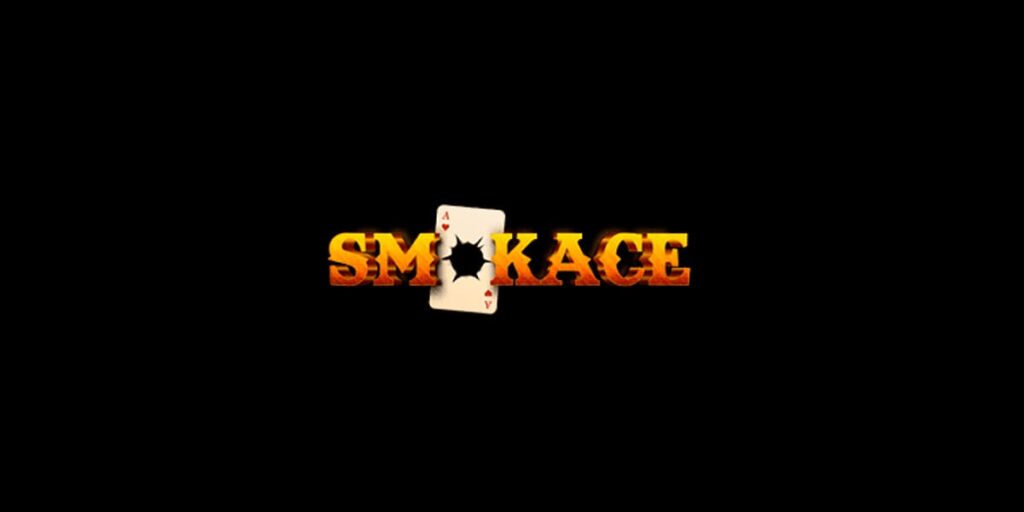Pick The Best Real Money Casinos Online
If you’re looking to play online casino real money games in the United States, you’ve come to the right place.
This page covers everything you need to know about US real money casinos and provides you with the information required to find the best, safest, and most reliable sites out there.
Top Real Money Online Casinos in the US
Play at the best real money casinos in 2024 and choose your new casino from our list of the top operators in the United States!
BetMGM Casino US

BetMGM is one of the top names in the US casino space. Offering one of the biggest welcome bonuses around, featuring a huge library of electronic and live games and a variety of banking options, there is hardly an area in which this online casino doesn’t meet and exceed players’ expectations.
Owned and operated by a partnership between MGM and Entain, BetMGM Casino combines the vast experience of both companies to provide a fully rounded gaming experience from the moment you register for an account.
The casino works with some of the best and most popular game providers in the industry and offers a very rewarding loyalty program that caters to casual players and high-rollers alike.
PokerStars Casino US

PokerStars Casino represents one of the best picks for all gambling enthusiasts in the United States. Powered by a famous brand, it is one of the safest and most reliable options you’ll come across during your online gaming adventures.
The site offers a decent portfolio of slots, including some of its in-house developed and unique titles not available elsewhere. If these aren’t your cup of tea, the selection of live dealer tables is quite solid as well.
PokerStars Casino US features a couple of different bonus options for newcomers and offers an interesting rewards program that takes into consideration players’ habits and preferences.
DraftKings Casino US

When it comes to licensed US online casinos, DraftKings Casino is no slouch. Although the platform started its life as a daily fantasy and sports betting outfit, it successfully transitioned into the world of casino gambling, becoming one of the top picks for the players.
The unique Dynasty Rewards program is one of the main things that help DraftKings stand out from the rest, incentivizing players to stick around and keep coming back, but the site holds its own in other departments as well.
When it comes to game variety, there is a decent number of slots from some of the most popular studios and a fair number of live dealer tables. You’ll come across many branded tables, too, and while the games you play are the same, a new setting can be a breath of fresh air.
US Online Casino Laws & Regulation
Online gambling is legal in the United States, but only in a few states as of 2023. There are no federal laws regulating the matter, so every state is given free rein to allow online casinos or not and decide on any particularities, such as the number of operators, licensing fees, taxes, etc.
At the time of writing this, online casinos are legal in seven US states, namely:
- New Jersey
- Michigan
- Pennsylvania
- West Virginia
- Rhode Island
- Delaware
- Connecticut
Each of these states issues separate licenses for casino operators wanting to cater to the players in the state. The process of issuing licenses and overseeing the work of the licensed operators is the job of state agencies like the New Jersey Division of Gaming Enforcement and the Michigan Gambling Control Board.
While there are some differences between individual state laws regulating US online casinos, there are certain components that all these have in common. The biggest one is that players must be physically present within state borders to be able to play for real money at any casino licensed by that particular state.
Other common stipulations are the ones pertaining to the minimum gambling age (21 years or older) and the fact that players are allowed to open only one account using their correct and true personal information.
Sweepstakes Casinos in the US
As mentioned, there are no US online casinos regulated on the federal level, so licensed websites can cater to players from the entire country. They are limited only to individual states that they have licenses to operate in.
However, there are still some gaming websites that cater to almost all US states (with a few exceptions), and they do so without having official licenses and yet without breaking any laws, either.
These sites are known as sweepstakes casinos, and they are able to do this due to a special business model they adhere to. They use old sweepstakes laws to organize gaming with real money prizes without crossing any lines.
At sweepstakes casinos, you’re not making traditional deposits or withdrawals. Instead, you can only purchase “fun” money to play social casino games. In return for your patronage, though, the operator will reward you with sweepstakes entries that can be redeemed for real money prizes.
If you’d like to know more about how these sweepstakes casinos work and how they can offer these services without breaking gaming laws, you should check out our extensive guide on US sweepstakes casinos.
US Online Casinos by States: An Overview
As of the end of 2023, there are seven US states with laws regulating online casinos. In these states, commercial operators can apply for licenses and set up legal gaming operations, but it always has to be done in cooperation with a licensed land-based operator.
New Jersey Online Casinos
New Jersey was one of the first states to pass an online casino bill. The state allowed online gambling back in 2013, and soon after, the first online casinos opened their virtual doors to the public.
NJ casino sites feature an excellent selection of games and offer many generous bonuses for new and existing players alike. You can enjoy games powered by some of the best studios out there on platforms maintained by some of the largest and most famous gaming companies like BetMGM and PokerStars.
When it comes to licensing and regulating online casinos, this is the job for the New Jersey Division of Gaming Enforcement (NJDGE). This governmental agency has the last say in approving all license applications, and they are in charge of overseeing all licensed casinos in the state.
Online Casinos in Delaware
Delaware was the pioneer in terms of online casinos, becoming the first state to pass a law allowing regulated gambling sites.
However, unlike other regulated states, Delaware keeps online casinos as a state monopoly, as they only allow three sites, all three of which are powered by the state lottery, while 888 Holdings takes care of the interactive side of things (platform, games, etc.).
Because of this, players in Delaware don’t get the same kind of variety as those in Michigan or New Jersey, and since there is a lack of competition, bonuses, and promotional offers aren’t as good as in those states, either.
PA Online Casinos
The law regulating Pennsylvania online casinos came into effect in 2017. It was, and it remains to this day, the most populous US state to regulate online casino gambling, which made it a very attractive market.
Thus, it comes as no surprise that there are about a dozen licensed and regulated PA online casinos, all fully approved by the Pennsylvania Gaming Control Board, the state regulatory body.
Thanks to the large number of PA casino sites and the fact the operators want to establish themselves as market leaders in the state, players are spoiled for choice, not only in terms of gaming options but also when it comes to welcome bonuses and all sorts of generous promotions.
West Virginia Online Casinos
Although it happened without much pomp, West Virginia was actually the fourth US state to regulate online casinos. This development happened shortly after the state passed the bill allowing sports betting.
West Virginia online casinos are licensed and regulated by the state lottery. As the law stands right now, there are five licenses up for grabs, and each company is allowed to have three distinct skins. Several top-tier US casino operators have already taken advantage of the opportunity, including BetMGM and BetRivers.
Thanks to this, players in the state have access to quality gaming options on safe and reputable platforms and can even take advantage of some very generous bonus offers not available in other US states.
Michigan Casino Sites
Legal online casinos went live in Michigan in 2019, and it wasn’t long before several top-tier operators threw their hats into the mix. Today, Michigan residents can enjoy several top-tier platforms like BetMGM Casino, PokerStars Casino, DraftKings, and Caesars Casino.
All matters regarding licensing and controlling online casinos in the state fall with the Michigan Gaming Control Board (MGCB). As a player, you should always look for the seal of approval from this government agency before registering on any MI casino site.
Michigan online casinos feature a wide array of gaming options, including hundreds of slots, dozens of live dealer tables available around the clock, a quality selection of video poker machines, and much more.
CT Online Casinos
Connecticut was somewhat late to the party in terms of online casinos, but the state eventually passed the bill regulating internet gambling in 2021. The process of licensing and regulating online casinos is the job of the Connecticut Gaming Division.
Due to a very specific legal environment, the number of CT online casino operators is limited to just two, and those licenses were seized by FanDuel and DraftKings. These two operators work with two Connecticut tribes to bring online gambling to the state.
While players don’t have as many options as in other states, these two operators are among the biggest and most reputable in the United States, so fans of online casino gaming still get to enjoy a quality experience.
Online Casinos in Rhode Island
Rhode Island is the latest US state to join the online casino bandwagon. The regulation was passed in 2023, and the first gambling sites are expected to go live early in 2024. While this is a very small state, it’s reasonable to expect that some of the largest operators will take the opportunity to get their foot in the door early on.
As things stand right now, Bally will have the monopoly over Rhode Island online casinos, which could put a wedge in those plans, but there is still plenty of time before online casinos actually launch in the state, so we’ll wait to see if there are any changes in the interim.
Finding the Best US Online Casinos for Real Money

How do you know what sites you can trust and who will provide you with the best service and the best experience for your money? These questions aren’t easy to answer, even if you’re a seasoned gambler, let alone someone just starting with real money casino games.
The biggest challenge players face in the modern online gambling arena is finding the best real money casinos. There are so many sites to choose from, and if you ask them, they are all the best.
Every casino will market itself as safe, generous, and player-friendly, so it takes some digging under the surface to uncover the real truth.
The best way to approach this problem is by following a few simple steps before signing up. As long as you stick to this routine, you can rest assured that your chosen real money casino is one of the best.
⭐ Licensing as the Starting Point
It's not by accident that top real money casinos flaunt their licensing information and list every single license they have. These prove that the operator runs a serious and legal business that aligns with modern laws and legislation.
So, before anything else, you should always look for the licensing info and see if the operator has a license from one of the big honchos like the Malta Gaming Authority (MGA), Isle of Man, or Curacao.
Some countries have very strict rules about the casinos having a license from a local regulator. Others, like Canada, are more open in terms of laws.
When it comes to the US online casinos, licensing is done differently. Online casinos are regulated on a state level, so each state has its own regulatory body that takes care of issuing licenses and overseeing the operations of licensed casino sites.
So, for example, NJ online casinos will have a license from the state Division of Gaming Enforcement (NJDGE). Michigan casino sites are licensed by the Michigan Gaming Control Board (MGCB), etc.
You should only play on online casinos licensed by local authorities in the United States, as these are the only properly regulated operators. The only exception to this rule are sweepstakes casinos, which manage to cater to players from a majority of US states without these licenses, thanks to a special business model that allows them to offer games with real money prizes without a traditional casino setup.
⭐ Overall Casino Design & Functionality
There are many different approaches to building a gambling site, and there is no right or wrong answer here. So, when talking about design, we're not talking about the choice of colors or size of the buttons.
Rather, it’s the overall feel you get from visiting a site, and as strange as it may seem, that first impression is rarely wrong.
Real money sites that don’t offer a functional and player-friendly interface will usually fail your expectations in other areas. Bad usability affects the gambling process, which is a drawback regarding real-money bets or casino bonuses.
There might be some exceptions here, but with so many good online casinos offering amazing platforms for both desktop and mobile devices, why settle for less?
⭐ Quality Bonuses Matter a Lot
It’s no secret that the house always wins in the long run. That’s the nature of the real money online casino business, and we’re fine with it.
It’s the price you pay for entertainment and occasional big wins when luck tips the odds in your favor.
However, how much you’ll lose in the long run depends on many different factors, and casino bonuses play a huge role in this.
Quality bonuses and promotions will effectively increase the return to player percentage across the board, at least for as long as the bonus is active. Even if the difference is just 1% or 2%, it’s still huge, as the game with an RTP of 97% can be effectively paying 99% when that bonus is active.
How to find quality bonuses is another matter entirely. Given this is such an important topic, we cover it later in this real money casino guide in much more depth.
⭐ Check Your Gaming Options
Most US online casino operators will let you check out their real money games library without even signing up. You should always go through the list to see what available games and providers are featured on the site.
As a player, you probably have your preferences for real money gambling. Some players prefer slots, some are more into table games, while others love video poker, so it makes sense to ensure that the casino has your favorite games.
Before you sign up with a real money site or Sweepstakes casino like Pulsz and make a deposit, you should take some time to see if they have what you’re looking for. This will be one of the biggest things defining your overall experience at the end of the day.
⭐ Always Test Customer Support
A good practice to adopt when signing up with a new casino is to always reach out to customer support and have a chat with them. This can tell you a lot about the site.
You’ll see how fast they are to respond and how helpful and forthcoming they are.
Keep in mind that real money casinos provide a service you’re paying for. So, just like in any other business, you want to work with those companies that care about their customers and will go out of their way to make sure you have a pleasant experience.
A casino with a slow support department or one whose support agents aren’t willing to answer your questions doesn’t deserve your money. It's a simple truth.
Real Money Online Casinos – The Importance Of Bonuses

Bonuses and other promotions matter a lot at real money casino sites. Whether you play purely recreationally or are more serious about it, these promotions will go a long way to ensure your money goes further.
Some of the common offers you’ll find across the best real money casinos include:
- No deposit bonuses – mostly for new players
- Welcome bonuses – only to new players
- Reload bonuses – available to existing customers
- Free spins – mostly for new players but sometimes to existing ones as well
- Cashback offers – for new and existing players alike
- Tournaments and leaderboards – for new and existing players
⭐ No Deposit Bonuses

Some online casinos for real money extend no deposit bonuses to their players. Usually, these bonuses are given to new customers, although loyal players get them every now and again.
As the name suggests, this is free money you get without needing to risk any money of your own.
Thus, these are probably the best type of real money casino bonuses there are.
The money is added to your account, and you can use it to play your favorite real money games. For the most part, no deposit bonuses are quite small ($10 – $20), but some high-rollers might receive special offers in hundreds and even thousands of dollars.
⭐ Welcome & Reload Casino Bonuses

Real money casino bonuses all follow the same pattern, although numbers can differ. When you deposit, the casino will give you a certain amount of bonus cash to use and play with. The amount you get is expressed as the percentage of the deposit.
For example, a 100% bonus up to $500 means that the casino will double any deposit you make up to $500.
If you deposit $200, you’ll have $400 to play with.
Attached to these bonuses are what’s known as wagering requirements. These dictate the number of times you need to turn over the money before you’re allowed to cash out.
For example, if the above bonus had 25x wagering on the full amount, you’d need to stake a total of $10,000 (25x$400) before you’re allowed to withdraw.
Ideally, you want to look for bonuses with reasonable wagering requirements, i.e., 25x-30x on the entire amount or something like 40x – 50x on the bonus amount.
When numbers get higher than this, you're not really getting much value from the bonus, even though you'll get more playtime.
⭐ Free Spins

Free spins are very popular with players, so casinos often include them in their promotions. Sometimes you'll get them as a part of a deposit bonus package and sometimes as a standalone offer.
Either way, the mechanic is always the same. You get a certain number of free spins to use on select slots. Every spin has a nominal value that is used to calculate the wins.
Winnings resulting from free spins have added either straight to your cash balance or the bonus balance, and you need to wager them before you can cash them out.
⭐ Cashback Offers

Those used to online gambling for real money at higher stakes love cashback offers. As you might guess from the name, these offers provide a certain percentage of your losses back, giving you a bit of a safety net.
For example, a real money casino could offer 20% cashback on all blackjack losses over the weekend up to $1000.
So, with this promotion, if you go and play blackjack and lose $500, there will be $100 coming back your way. In most cases, these promotions don’t have wagering requirements, as you have to play and lose first to qualify for them.
⭐ Various Leaderboards & Tournaments

Real money casinos try to keep things fresh and interesting in the competitive online gambling industry, offering all sorts of competitions for their players, giving them a chance to win some extra money or free spins.
There are no exact rules for these promotions, as every operator is free to do whatever they like.
For the most part, you’ll need to play a particular game or a group of games and achieve better results than other players.
The way the points are calculated can differ a lot.
Sometimes, it’s based on the total number of spins or hands played. Sometimes, it’s all about the total amount of money staked. Some competitions focus on the largest wins.
All the rules are usually listed clearly, so make sure to read them before you jump into the action.
Popular Real Money Casino Games
Real money online casinos have come a long way from their humble beginnings in the early 90s.
These days, you can find all sorts of games featured on these sites, from classic slots to live dealer tables.
If you’re new to online gambling, we’re bringing you an overview of the different types of games on offer and some basic info you should have before playing.
⭐ Slots – Most Popular Real Money Game

Slots are by far the most popular type of game at online casinos worldwide. From casual players to hardcore high-rollers, everyone loves real money slots.
Unlike land-based casinos that are often limited by floor space, the best online casinos offer thousands of video slots in one place.
Stakes vary from just a few cents per spin to hundreds and even thousands of dollars.
Online slots are also hugely popular because they feature a variety of themes.
You’ll find slots based on popular movies, books, historical events, fantasy, fairytales, and anything else that comes to mind.
These games also offer a wide scope of potential winnings, from games featuring the max win of just a few hundred times your bet to those with the potential to produce hits of 50,000+ times the base stake.
There are also progressive jackpot slots featuring potential wins in millions of dollars for the lucky few if this isn't enough.
⭐ Blackjack – Enjoyed By Real Money Players Worldwide
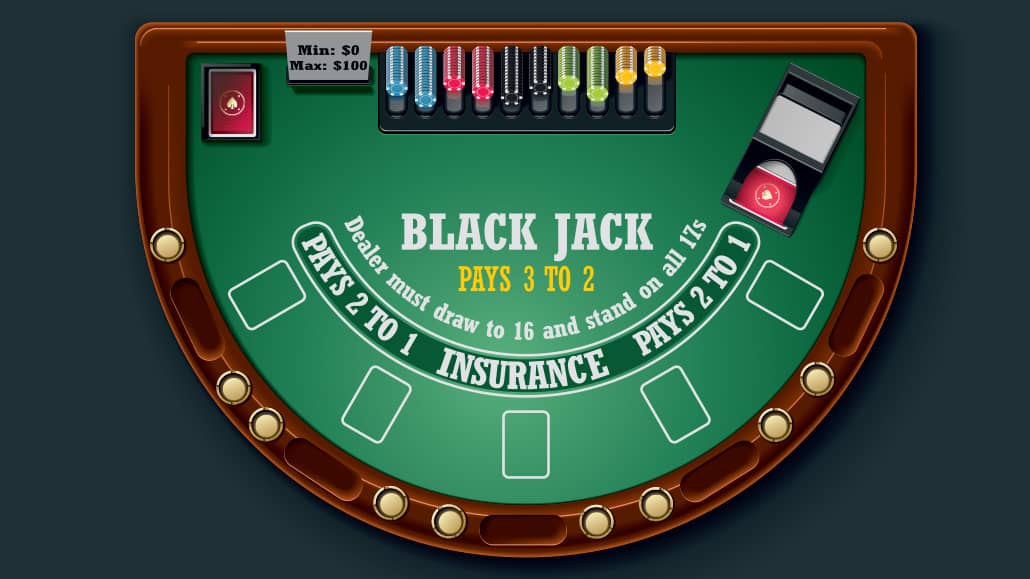
One table game that never goes out of style, blackjack, enjoys huge popularity at real money online casinos.
You can choose from many different variations of the game and play across different stakes.
If you prefer a more lifelike experience, the best blackjack casino sites also feature live dealer blackjack tables.
These are handled by flesh and blood dealers and use real cards, so live blackjack games are a great alternative if you don’t trust computers to determine your luck.
⭐ Roulette – Simple But Enjoyable Real Money Game
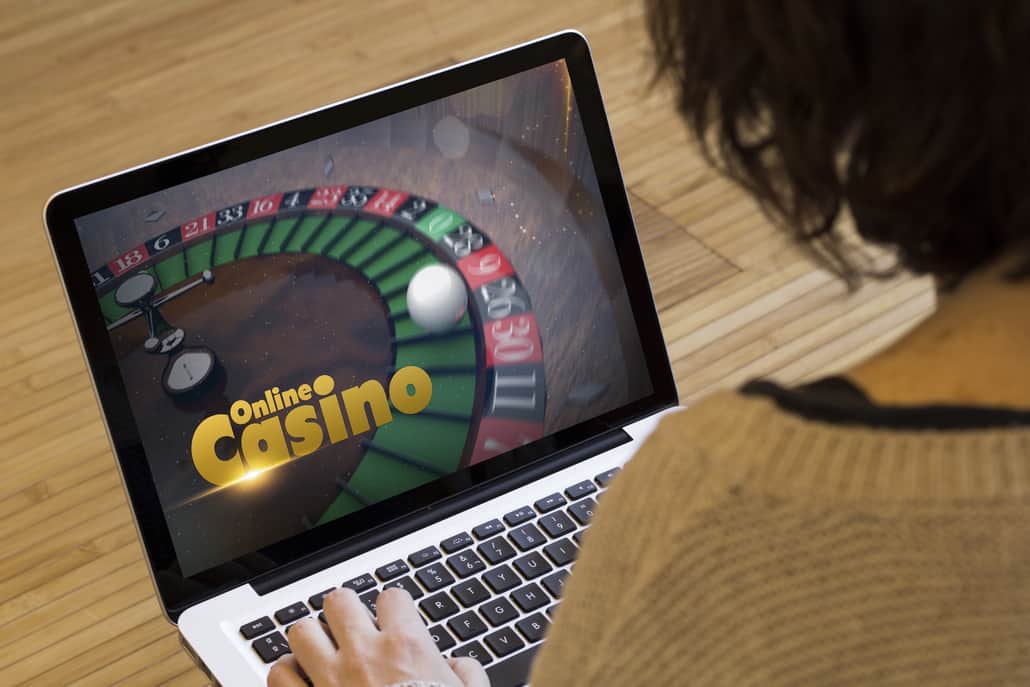
Just like blackjack, roulette has found its place at numerous online casinos for real money, and players continue to flock to roulette games.
If you’re looking for electronic versions, you’ll find dozens of options, from traditional ones (American, European) to special games featuring more numbers on the wheel, bonus fields, and more.
Then, there are also live dealer roulette games featuring a physical wheel and a real person handling the ball.
Thanks to modern developments, there are also some exciting live dealer variations if traditional games aren't enough for you.
Games like Lightning Roulette and Double Ball Roulette spice things up, offering massive potential winnings, giving this old game a new flare!
⭐ Casino-hosted Poker Games – Multiple Variations Of Standard Poker
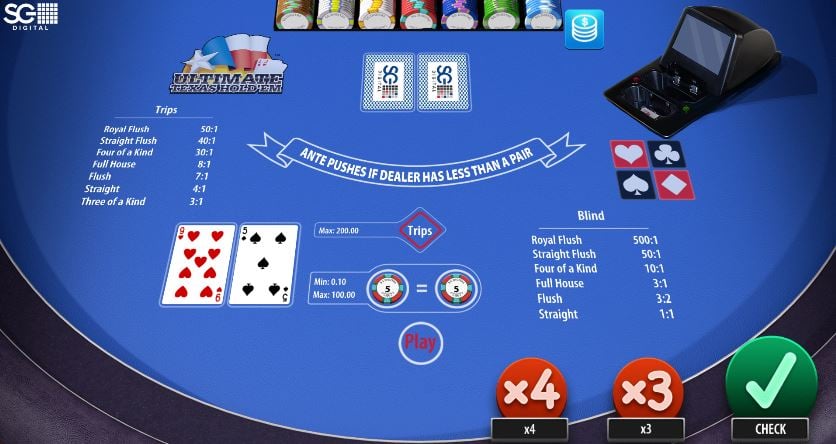
Many real money online casino sites also feature a variety of casino poker tables in both electronic and live versions. The selection varies from one site to another, so if these are your go-to games, check what's available before signing up.
You’ll generally come across games like:
⭐ Video Poker – One of The Oldest Real Money Online Games
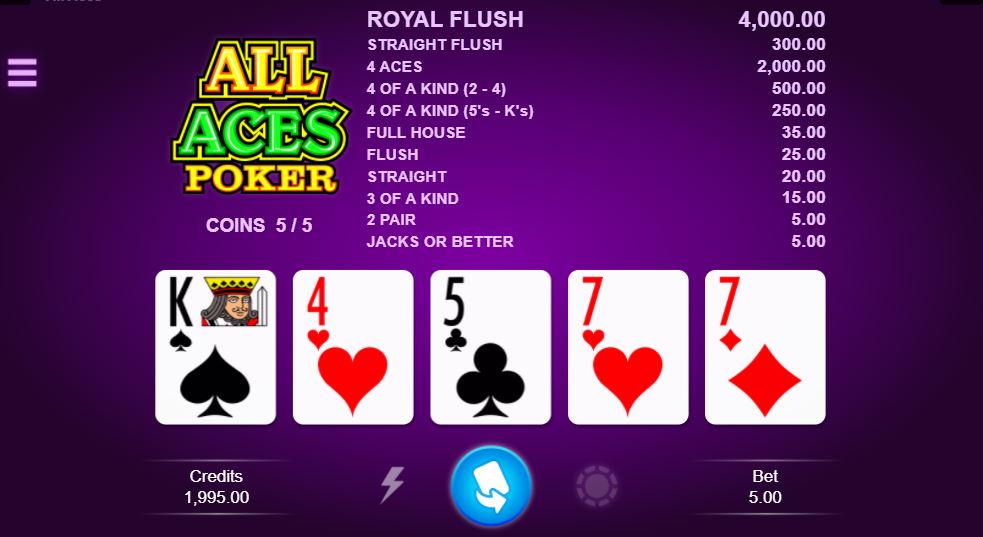
Video poker may not be as popular as it once was, but many players still enjoy it. Looking to cater to different tastes, real money casinos are offering all the popular versions of the game, such as:
- Jacks or Better
- Joker Poker
- Deuces Wild
- Tens or Better
- Aces & Faces
- Bonus Poker
Many casinos also offer versions where you can play more hands simultaneously – even as many as 100.
So, if you don’t have the patience and are looking for fast-paced action, these are a great way to enjoy the old games in a new way.
Payment Methods at the Best Online Casinos
All the best US online casinos will have plenty of payment methods available. You can expect to be able to deposit using credit and debit cards, e-wallets, prepaid vouchers, and bank transfers. However, when it comes to payment methods at US online casinos, they vary from one state to the next.
Then there are also cryptocurrencies, but these are not supported by any of the licensed US casino sites. You can use cryptocurrencies at some of the sweepstakes casinos, though, so it is still an option to be aware of.
It is not only the US regulators that don't allow crypto payments. Gambling authorities local to the UK, Germany, Ontario Canada, Sweden, Malta, and other jurisdictions, do not allow crypto payments.
⭐ Debit & Credit Cards
Debit and credit cards like Visa and Mastercard are accepted at almost all online casinos. This is often the preferred way to pay for many players, as most have a card they can use.
The payment is done just like when you pay for anything else online. You enter the amount and your card details and then authorize the payment. The authorization can be done with 3D Secure, Verified by Visa, or simply a one-time passcode sent to your phone.
There might be fees involved with card payments, but none of the best casinos charge a fee. In terms of withdrawals, most cards accept reverse transactions as well. That way, you can withdraw your casino winnings straight to your card.
⭐ E-wallets
There are many types of e-wallets, as these are simply a form of simple online-only bank services. The most popular e-wallet around is PayPal, and in many countries, Skrill and Neteller are big and well-known names. ecoPayz, AstroPay and eZeePay are other versions.
Most online casinos offer a range of e-wallets, and these are some of the best payment options. The reason for this is that transactions are really fast, both for deposits and withdrawals. Usually, you won’t be charged a fee for these transactions.
One downside to some e-wallets is that a deposit made with them won’t always qualify you for a bonus. Usually, it’s only the first deposit bonus that can’t be triggered with an e-wallet payment. Other bonuses, however, can usually be claimed.
⭐ Prepaid Vouchers
Prepaid vouchers are something most players will have access to, but which ones highly depends on where you live. At US online casinos, most popular prepaid options include Play+ cards and PayNearMe vouchers, both of which allow you to fund your casino account using cash or money from a different debit card.
The greatest benefit of a prepaid voucher is the security. You won’t have to enter any personal banking details into a website to pay. It’s also great for players who don’t have access to a debit or credit card or an e-wallet.
When it comes to withdrawals, then there is a downside. You typically can’t withdraw back to a prepaid voucher. This is why you’ll need to use an alternative method for cashing out, such as a bank transfer.
⭐ Bank Transfers
For many players, bank transfers are the easiest and most secure way to deposit at an online casino. The security is ensured by your bank, and thus, this should be completely safe.
One of the main benefits of a bank transfer is that this payment option is almost always free to use. With no fees, you get to play with all the money that’s being transferred from your account.
Before, bank transfers were slow, but nowadays, this is no longer the case. Players in most regulated US states will have instant or near-instant transactions. Another good thing is that you can always withdraw directly back to your bank account.
⭐ Bitcoin & Other Cryptocurrencies
The most popular cryptocurrency is Bitcoin, and even at online casinos, this currency is used a lot. There are even casinos that only accept Bitcoin for payments. However, as mentioned, this is not an option at any of the regulated online casinos in the United States.
There are some sweepstakes casinos, the biggest one being Stake.us, that accept Bitcoin payments, and you can use them to purchase coin packages and receive your complimentary gifts in Stake Dollars.
One of the greatest benefits of Bitcoin is that you get fast transactions, typically fee-free. Both deposits and withdrawals are processed quickly, and there’s rarely more than a 15-minute delay.
Bitcoin transfers are also highly secure due to the nature of a blockchain. Another benefit is that many online casino operators offer exclusive bonuses only available to Bitcoin users.
Advantages of Online Casino Real Money Sites
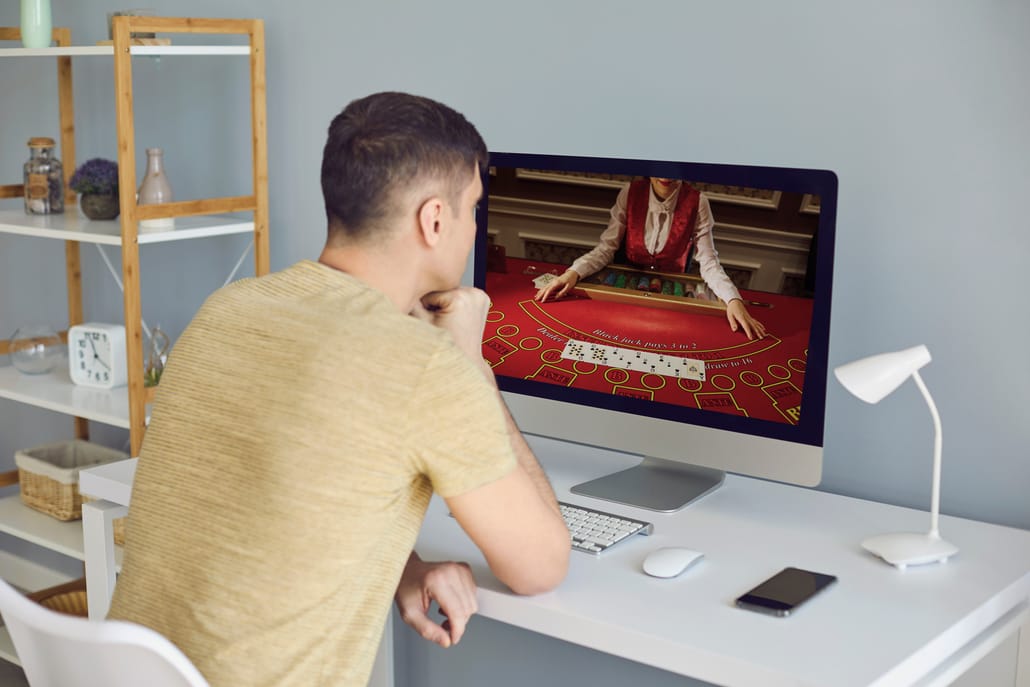
If you want to enjoy free gambling, you will not find a better option than sweepstakes casinos. However, if you enjoy gambling for real money in the US, you have the option to do so at a land-based casino, or you can do it on a real money casino site. When choosing between the two, what are the advantages of online casinos?
⭐ Convenience
The first and most obvious advantage of real money online casinos is convenience. You can play whenever you feel like it, for as long as you want, and quit whenever.
This isn’t the case with land-based casinos, as you actually have to plan an entire evening out to go there.
Furthermore, if you go to a brick-and-mortar casino and lose the amount of money you planned on losing too quickly, you might be tempted to spend more since you’re already there.
With real money online casinos, you know you can always get back in action in a matter of seconds without any special preparations.
⭐ No Additional Costs
Most people don't have a casino across the street. So, when they want to gamble, they have to pay for transportation or gas to get there.
You might also have additional expenses, like paying for drinks and food.
Some venues will comp your drinks, but this isn’t always the case.
There are no such costs with US online casinos, as you can play from the convenience of your living room. Any food or beverages you need, you can get at your local supermarket without paying a huge premium for the pleasure.
⭐ Bonuses & Promotions
A land-based casino may give you free drinks and an occasional free play coupon, but these promos are not as valuable as you can get online.
Real money online casinos offer much better and more valuable bonuses, and that’s just the fact.
This isn't necessarily because brick-and-mortar venues are cheap. Their cost of running a business is simply higher, so they can't afford to be as generous.
That being said, from the player’s perspective, you’re simply better off playing online, as your money will go much further.
⭐ Better Selection of Games
Even the largest land-based casinos can't compare with medium-sized gambling sites when it comes to the number of real money casino games on offer.
If you’re looking for versatility and want to try some new games, you’ll always have a better experience playing online.
Not only are online libraries much bigger, but they're updated with new titles much more frequently.
It’s much easier for online casinos to add new games to their portfolios and keep things fresh.
⭐ Better Return to Player
All online casino games, especially slots, have a much higher return to player rates. Almost all online slots have an RTP of 95%+, with many of the latest titles going over 96%.
Very few slots go over 92% in land-based establishments, and many games are around 90% or below.
Once again, this has to do with the expenses connected to running a land-based casino, which are simply much higher, so the games can’t be as generous.
All that being said, you'll have much more fun playing online as slots will play better, and you'll have more chances to win. This may not matter much if you only play a few times a year, but these numbers can add up quickly if you gamble regularly.
Casinos With Fair Gaming
The most important thing at any casino is that it’s safe and that it offers fair games. This is ensured in many ways, and below we’ll dive into some of them.
⭐ Certified Random Number Generator
All casinos need to use a certified random number generator in order to ensure that the games they offer are fair. A random number generator (RNG), is what ensures that all game results are completely random. This again ensures that all players have the same chance to win.
When an RNG is certified, it means that it’s been tested and deemed fair by a third-party auditor. Some auditors that do this kind of work are eCOGRA and iTechLabs. A certified random number generator can’t be tampered with, neither by the casino or players.
⭐ Games With a High RTP
The best US online casinos all choose to offer a high Return to Player (RTP) percentage in their games. Some slot machines have just one RTP in their game, which all casinos use. But, some slots come with multiple RTPs, and the casinos get to choose which one they want to offer.
Some casinos will always choose to offer the games with the lowest possible RTP so they themselves can keep a larger profit. Other casinos will consistently choose to add the games that have the highest RTP. These games will pay out more, and thus, you can win more at these casinos.
⭐ Reputable and Safe Gambling License
A safe gambling license is a must for any reputable online casino. As already discussed, when it comes to US online casinos, you'll want to stick to the sites with licenses issued by state authorities like the NJDGE, MGCB, and PGCB.
Online casinos licensed by these government bodies are completely legal, very safe, and treat your money and your personal information with the respect you deserve. A license issued by one of the US states is your best guarantee of a safe and enjoyable gaming experience.
⭐ Responsible Gambling Tools
Another hallmark of a fair and reputable online casino is that they’ll take responsible gambling seriously. This you can check for by having a look at the different tools they have for setting account limits. Deposit, session, wager, and loss limits are the common ones you should expect to find.
Additionally, all the best casinos offer the possibility to take a break from your gambling account or simply to self-exclude. Ideally, this should be something you’re able to do on your own without having to contact their customer support team.
Final Tips for Real Money Online Casino Players

Having read through this detailed guide on real money online casinos, you have all the information you need to get the best value for your money and enjoy the best experience you can get.
There isn’t much we can add at this point, so we’ll just leave you with a few final tips for your online experience.
⭐ Avoid Offshore Casinos at All Cost
No matter how big of a bonus they offer or what promises they make, you should always steer clear of offshore, unlicensed casinos.
In the grand scheme of things, even if some of these sites come through on their promises, this is the kind of hassle you don’t need in your life. Stick to safe and properly licensed US real money casinos.
⭐ Take the Time to Read All Bonus Terms and Conditions
Every time you take a real money casino bonus, take a few minutes to read through all the terms and conditions. This is very important, as breaking one of these can cost you all your winnings.
Things to pay attention to include wagering requirements, the maximum bet you're allowed to make while wagering, and restricted games (i.e., what games you're not allowed to play with bonus funds).
⭐ Look for Games with High RTPs
Since you have so many games to choose from, you should look for the ones that offer the best value. The easiest way to determine this is by checking out the RTP information.
When talking about slots, you should stick to games with at least 96%.
You’ll find countless options offering these returns, so there is really no need to settle for less.
















